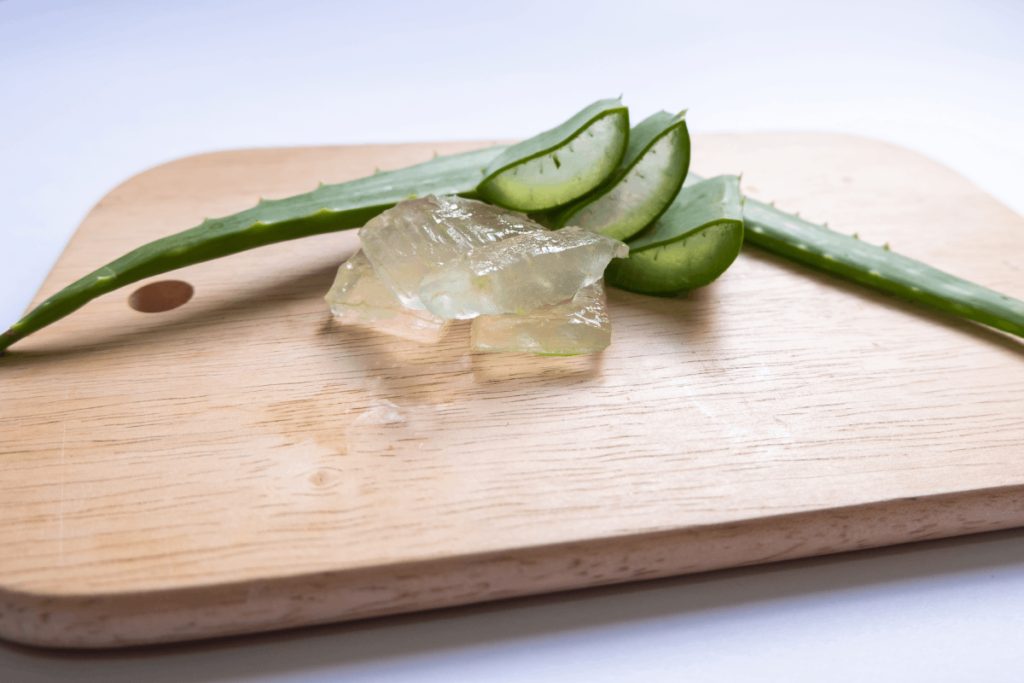After you have gone through a successful surgery, you will expect to have to deal with scar tissue formation from the surgery. Even with the best surgery done, scar formation is totally normal and is your body’s way of handling the recovery of any incision or cut on your skin surface. However, there are things within your control in terms of managing it so that you can reduce its obvious appearance.
Protect The Area of Scarring
This is actually going to be part of your doctor’s advice in managing the dressing of the site of incision. Make sure you avoid soaking the dressed up site with water so that the moisture will not encourage bacterial growth. The dressing should also feel comfortable so that it does not feel like it is constricting you.
While you are at this stage of recovery, there is really not much that you can do on the wound aside from keeping it clean and dry. Wearing breast augmentation bras are particularly important during this stage of recovery so that the necessary support is given during the healing process.
After the Wound Closes Up
When your wound does close up and you no longer need those bandages or wound dressings, you can now look at other options for the scar management. Though it is generally known that scars cannot be completely eradicated, you can still do something about lessening its conspicuousness.
There are some creams and ointments that your doctor can recommend to apply on the scar. This may range from corticosteroids to branded lotions that speed up the healing process. Best to discuss with your doctor for the medicines because these may require a written prescription.
Options are not limited to medicines alone, you may also opt for a more direct approach with treatments like microneedling, laser therapy and even collagen injections. Once again, these are medical treatments that are provided by licensed professionals and specialists. Consult with your doctor prior to availing of these treatments so you can get the green flag before pushing through with these procedures.
At home, there might be some stuff that you have which can also help. Because the principle of skin healing requires consistently good hydration, substances like coconut oil and aloe vera are good for home remedies. Coconut oil has been shown to help with encouraging cell formation through its fatty acids. Its fatty acid monolaurin also protects against bacterial formation. However, you might want to use this with moderation because it may cause breakouts on your skin. Aloe vera on the other hand, does not have that higher risk of breakouts. It also feels good and makes your skin hydrated. The practice of using Aloe vera on wounds and rashes, has been done for so many years.

Oral Supplementation for Your Skin
Healing your skin is not just about what you put on top of it. The above topical remedies are the most direct to wound and scar treatments. However, healing comes from within your body so it is important to check what you are consuming to help with the recovery.
Food rich in Vitamins A, B, C, D, E and K are vital for skin healing and cell regeneration. Though you can find these in food such as your healthy vegetables, you can also look for good quality multivitamins that have these especially those that include Zinc in them.
A good protein diet is also important because this is where you will get the amino acids that are important for tissue recovery. Protein food sources will also contain collagen which we all know is important for the skin.
Hydration is most important not just on topical application but also in your daily consumption. Drink water regularly and avoid diuretics that will dehydrate you. This may include high-caffeine drinks which may affect your water content in your body.
Speaking of things to avoid, sugar and alcohol are among other things you need to watch out for. Alcohol may affect your medicines that you are taking especially during the early stages of wound recovery where your doctor may require some antibiotics. Dehydration is also a result of excessive alcohol intake. Sugar, though may seem harmless, is actually an inflammatory ingredient. Studies have shown sugar to have a negative effect on wound recovery. You will have slower wound healing if paired with a sugar-rich diet.
Stretching and Exercise
Keeping your scar static all throughout might cause the scar to harden. That area of skin which hardens may also impede mobility. The hardening of the wounded area is actually our skin’s defence mechanism. However, if this area affects your movement, you will need to work on exercises and stretches that keep your skin elastic.
You may opt for massages from a professional therapist with proper advice from your doctor. The massage can help break down the scar tissue so it softens. Softer scar tissue also reduces discomfort. Your physical therapist may also guide you with the right stretches to ensure an effective skin-healing process without the loss of mobility.
Patience is the Key
While all these options for scar management may be within your reach, ultimately time is what will heal you. Be patient with the whole recovery and trust the process. You know your body best so if you do feel somehow there is something unusual during your recovery, consult with your doctor as they can give the best advice possible.
